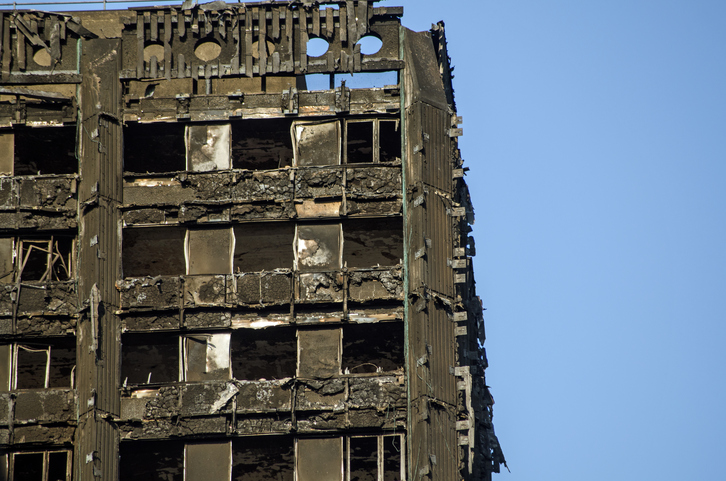Updated Codes Are Key to Safe, Resilient Buildings and Communities
Authors:
M. Dwayne Garriss, President, ICC Board of Directors
Dominic Sims, CBO, Chief Executive Officer, International Code Council
The horrific images from the London Grenfell Tower apartment fire last month and the Honolulu Marco Polo tower fire last week have stayed with us. We send our thoughts and prayers to those affected.

Tragedies like these bring building safety to the forefront of the public debate. At the International Code Council (ICC), we are continually focused on preventing the next disaster, regardless of whether building safety is at the top of the news headlines.
Our comprehensive and coordinated set of model codes and standards are updated regularly to take into account the latest technologies and best practices in building safety and design. While the investigations in London and Honolulu are still ongoing, we are keeping a close watch on the progress and results to make sure we can respond quickly to any new information relevant to our codes.
The current International Building Code requires a number of safety features for all new high-rise buildings including at least two ways of exiting the building, automatic sprinklers, fire-rated compartmentation, fire detection systems for early warning and protection of elevator hoistway openings. Also required are special inspections by independent third parties to assure that the materials are installed in accordance with their product listings and the code.
Importantly, these provisions and, in fact, all the International Codes (I-Codes), are reviewed and updated every three years to ensure that we have the most modern, energy-efficient, cost-effective safety measures in place. Technology today is changing rapidly and the building community is not exempt from this trend. Because of the regular update cycle, our codes can benefit from new science, lessons learned from disasters, and new technologies and products.
Unfortunately, states and jurisdictions do not always stay current with the most recent model codes. Neglecting timely code adoption puts residents at a higher risk, encourages inefficient regulation and increases costs to businesses and homeowners. Outdated codes can contribute to unnecessary injuries and costs when tragedy strikes. From fires to tornados, earthquakes and floods, buildings built to updated codes are the safest, most resilient structures available. In addition, building innovation increases energy efficiency and building performance, which means more cost-efficient buildings and faster recovery after a disaster.
Our 2018 I-Codes are coming soon, and we encourage state and local legislators in the U.S. to swiftly adopt the latest versions to protect their residents and their communities.
In addition, regulators and construction professionals can test that new products comply with the latest codes and standards through the ICC Evaluation Service. Technical evaluations of new products are an integral part of the building safety system and provide peace of mind to our communities that the materials being used on their buildings are compliant to the latest code.
There is no way for us to prevent all future tragedies. However, by continuing to work with our members, partner organizations, legislators and stakeholders, we can guarantee that our communities are protected to the best of our ability through the most modern, up-to-date codes and standards.



